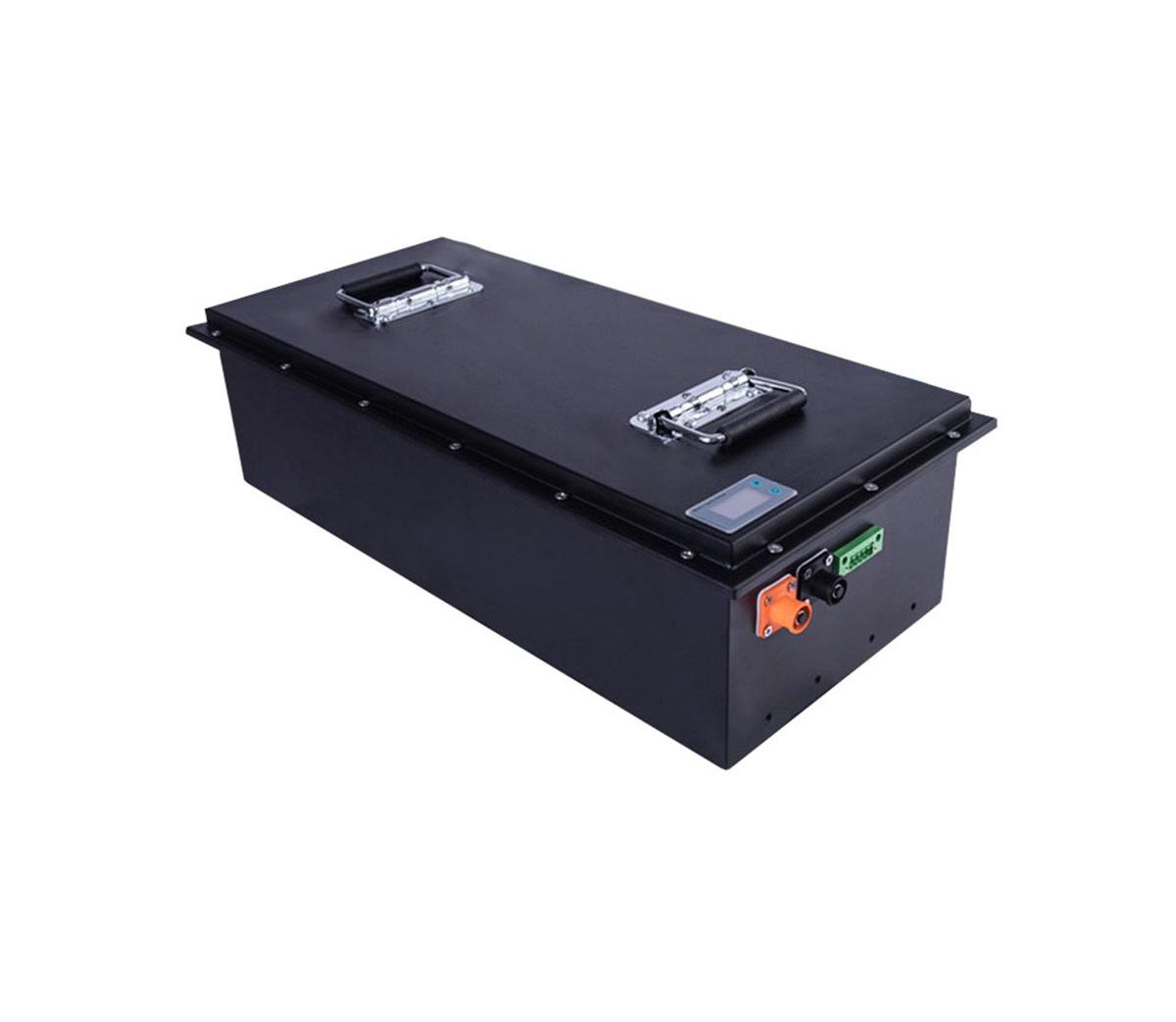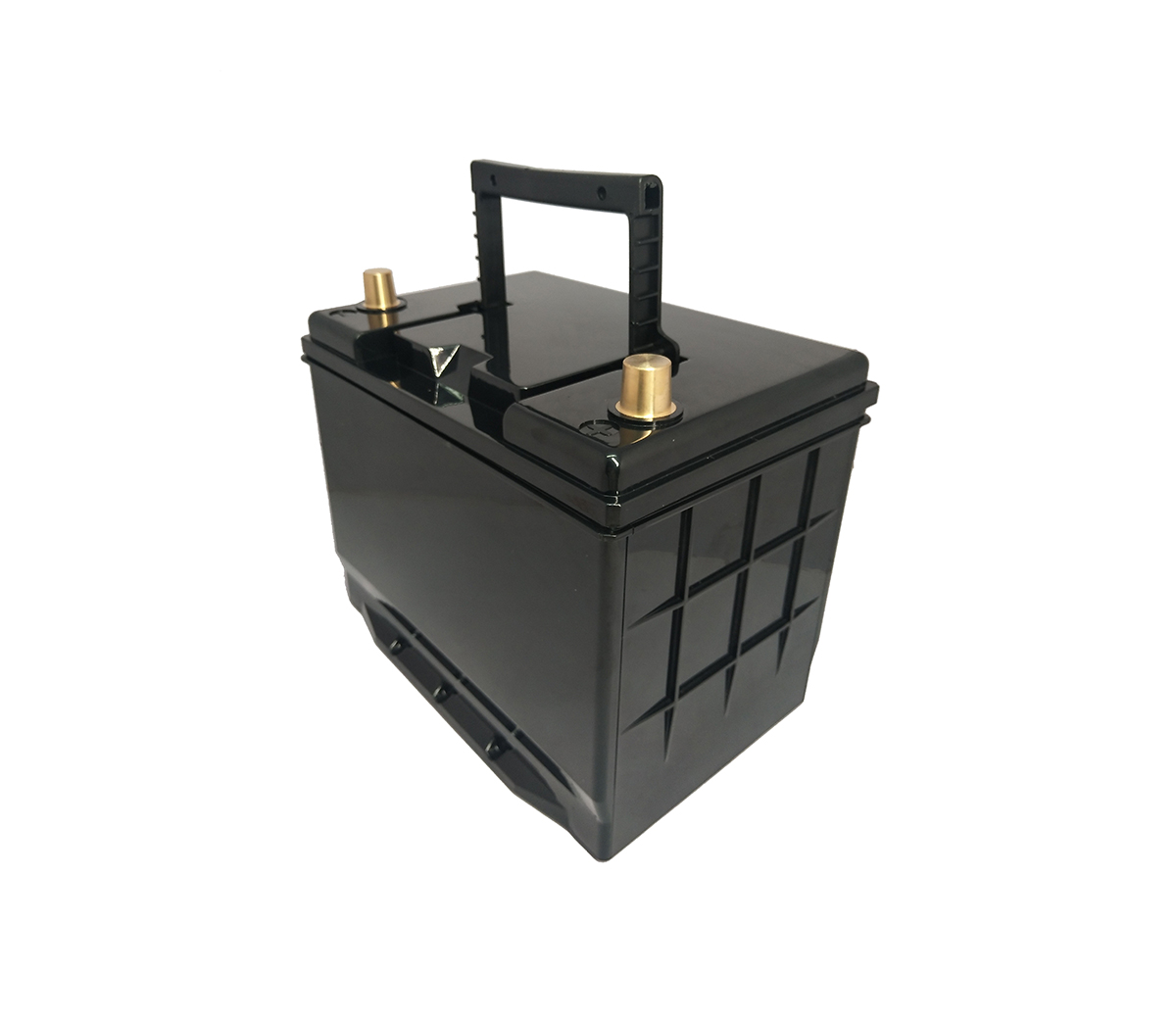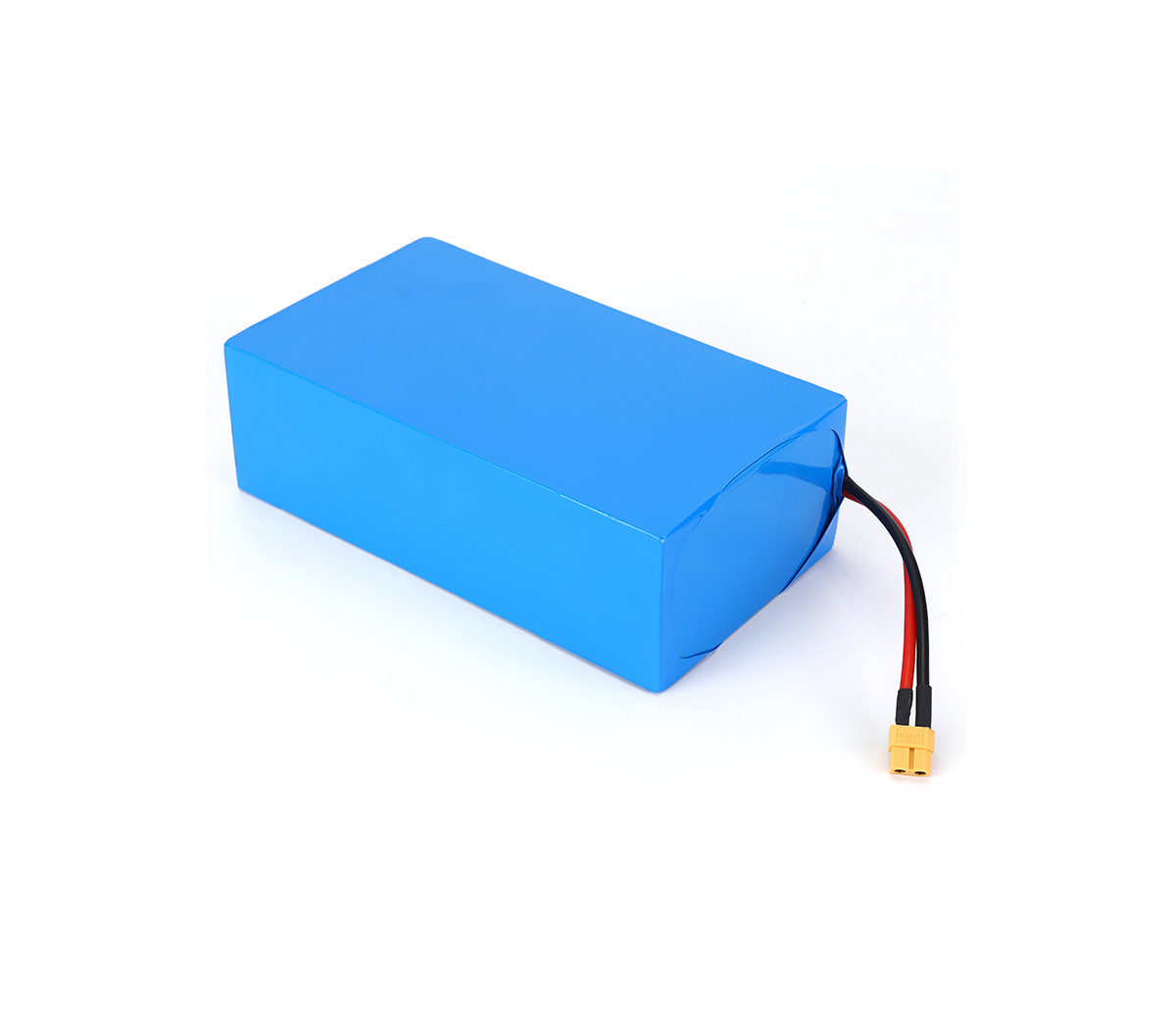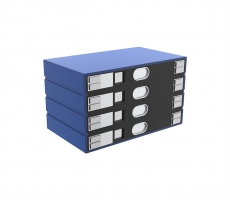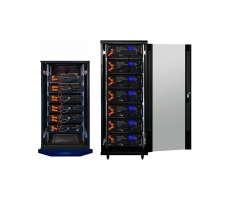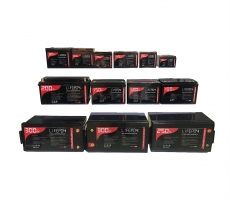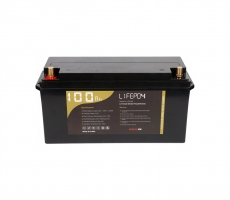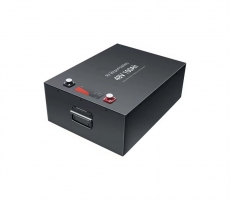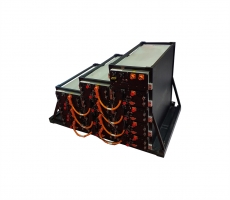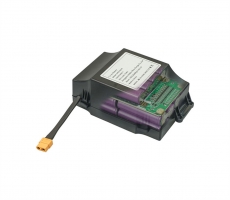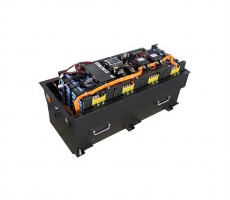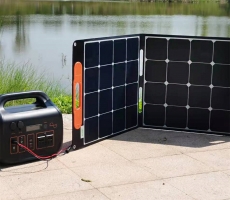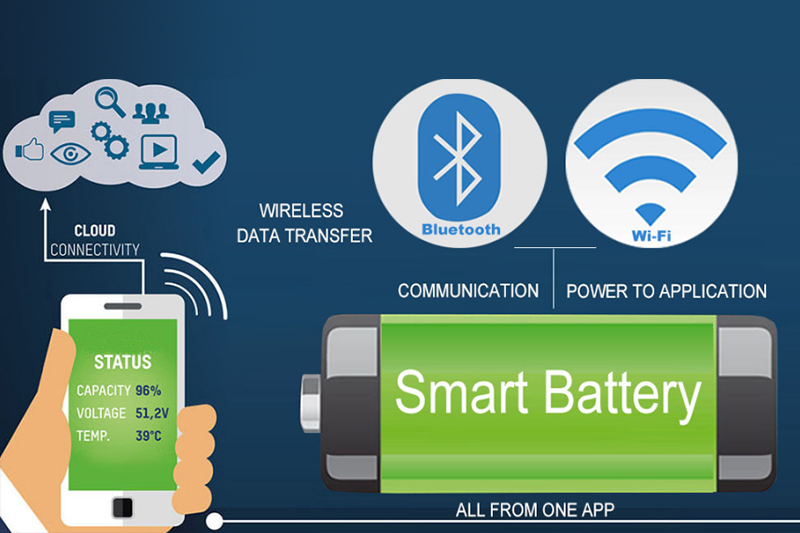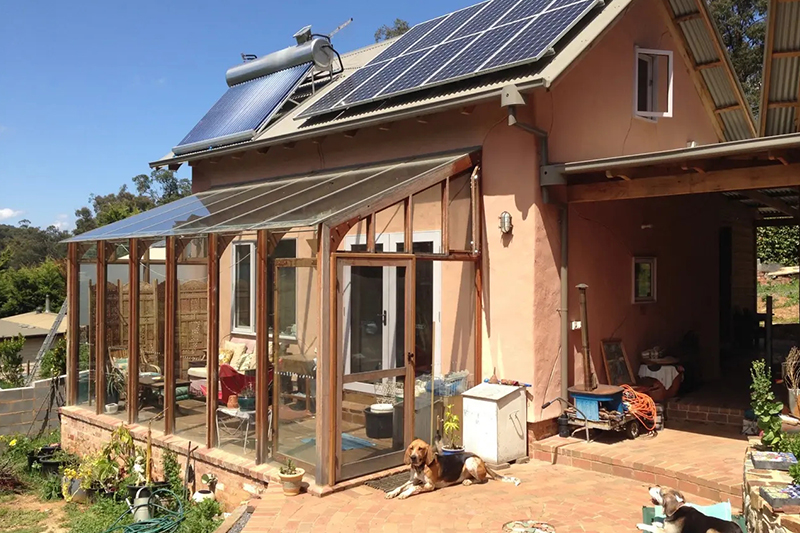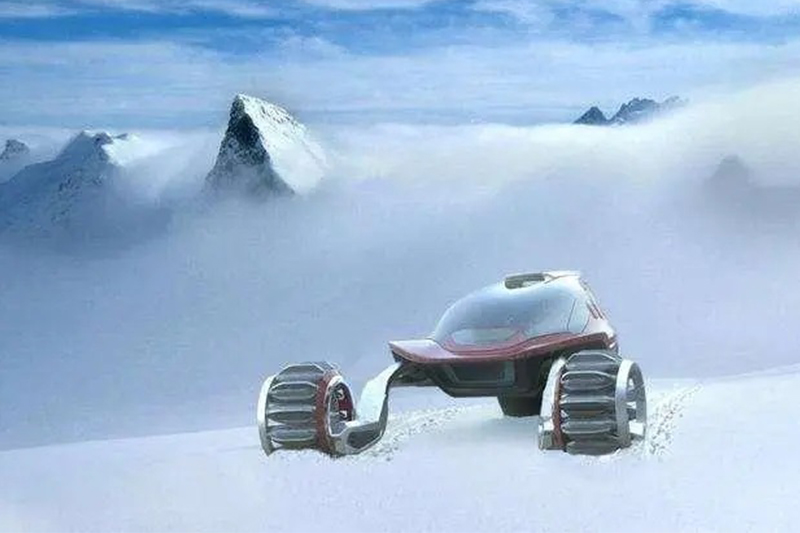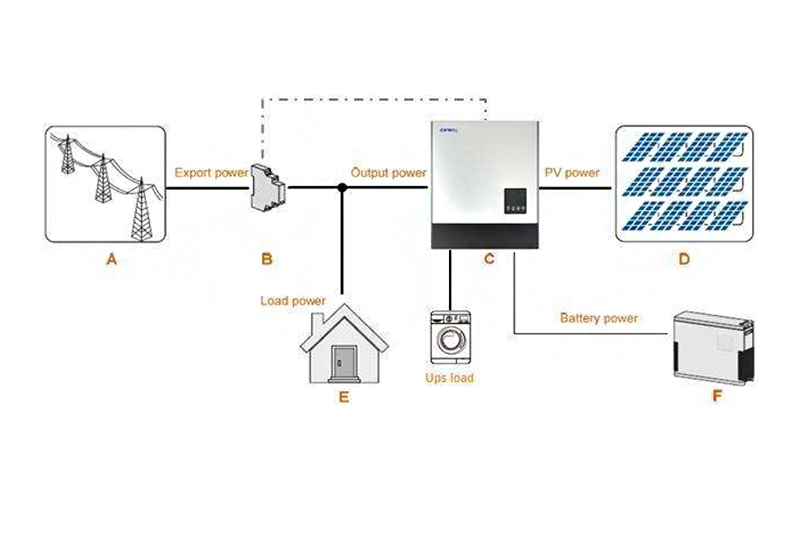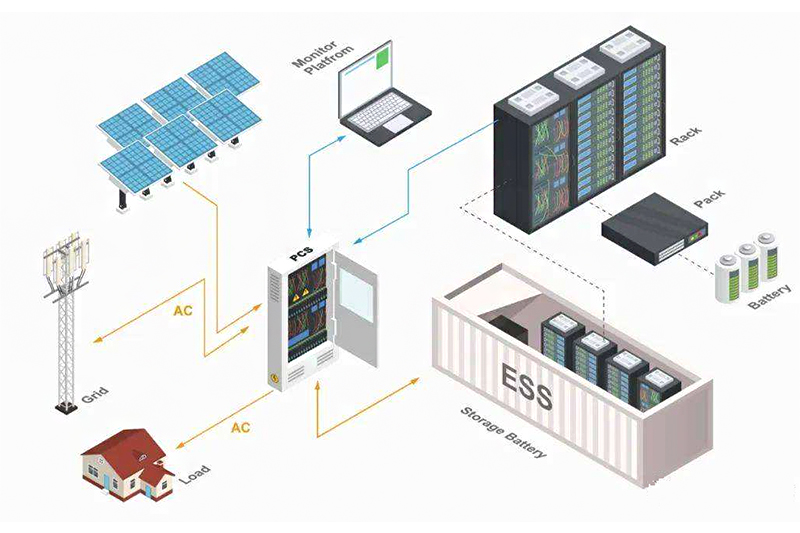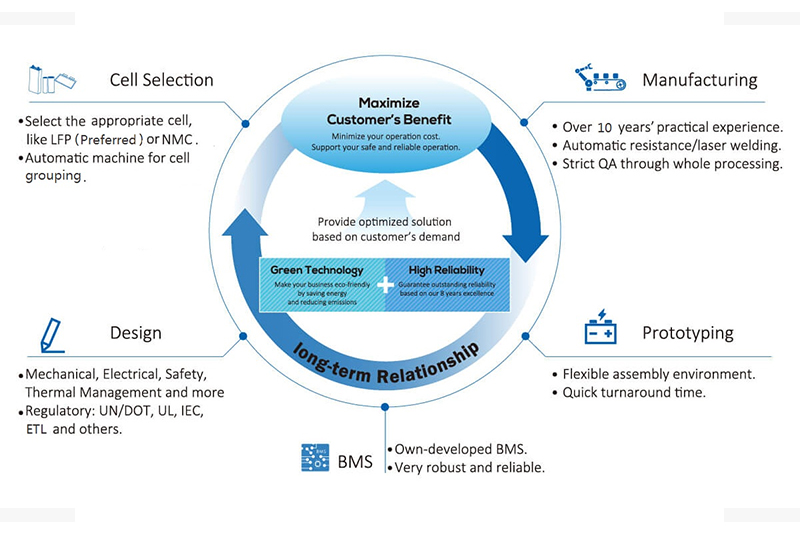Methods and reports for improving battery performance in low temperature
environments
Storing energy through rechargeable battery technology has since enabled
our digital lifestyles to be fully powered, and on the one hand, renewable
energy sources can be integrated into the grid. However, battery function in
cold conditions remains a challenge, prompting research to improve the
low-temperature performance of batteries.
SES Power has successfully launched lithium iron phosphate batteries that
can be used at -60 degrees Celsius and can be discharged at a rate of -40
degrees Celsius. They have been used in cold and high temperature areas, such as
outdoor power tools, electric sleds, electric Snow removal vehicles, outdoor
monitoring, power grid monitoring, etc. But we are still concerned with
different routes for improving the low temperature performance of lithium
batteries.
The study found that aqueous batteries (in liquid solutions) were better
than non-aqueous batteries in terms of discharge rate (a measure of energy
released per unit time) at low temperatures.
New research by engineers at the University of Hong Kong, recently
published in the journal Nano Research Energy, proposes optimal design elements
for aqueous electrolytes for low-temperature aqueous batteries. The study
examined the physicochemical properties of aqueous electrolytes (determining
their performance in batteries) based on several metrics: phase diagrams, ionic
diffusivity, and the kinetics of redox reactions.
The main challenge of low-temperature aqueous batteries is that the
electrolyte freezes and ions diffuse slowly, resulting in sluggish redox
kinetics (electron transfer process). These parameters are closely related to
the physicochemical properties of the low-temperature water-based electrolytes
used in batteries.
Therefore, to improve the performance of batteries in cold conditions, it
is necessary to understand the response of electrolytes to cold (-50 oC to -95
oC/-58 oF to -139 oF). "In order to obtain high-performance low-temperature
aqueous batteries (LT-ABs), it is important to study the temperature-dependent
physicochemical properties of aqueous electrolytes to guide the design of
low-temperature aqueous electrolytes (LT-AEs)," said study author and associate
professor Yi-Chun Lu. "
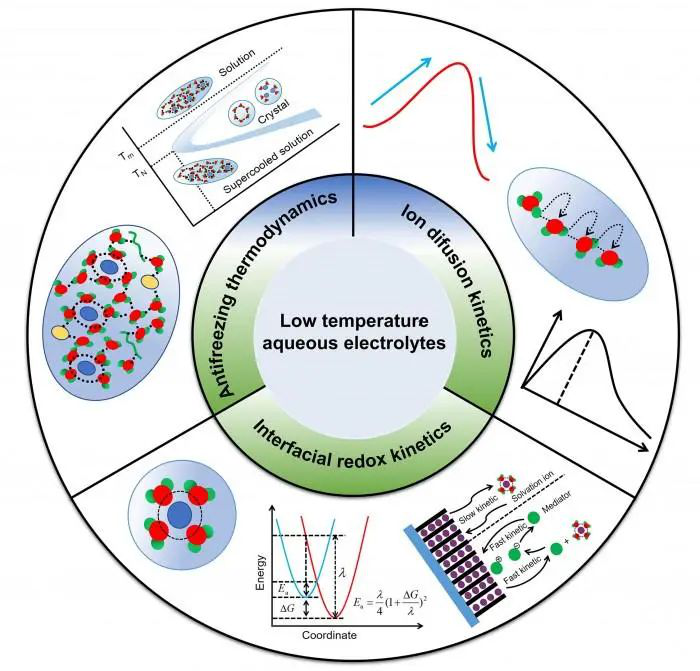
The figure shows the design strategy of water electrolyte, including
antifreeze thermodynamics, ion diffusion kinetics, and interfacial redox
kinetics.
The researchers compared various LT-AEs for energy storage technologies,
including Li+/Na+/K+/H+/Zn2+-batteries, supercapacitors, and flow battery
technologies. This study collates information from many other reports on the
performance of various LT-AEs, such as antifreeze hydrogel electrolytes for
Zn/MnO2 water batteries; and ethylene glycol (EG)-H2O hybrid electrolytes for Zn
metal batteries.
They systematically studied the equilibrium and nonequilibrium phase
diagrams of these reported LT-AEs to understand their antifreeze mechanisms. The
phase diagram shows the changes in the electrolyte phase at different
temperatures. The study also examined the electrical conductivity of LT-AEs as a
function of temperature, electrolyte concentration, and charge carriers.
Study author Lu predicts that "an ideal antifreeze water electrolyte should
not only exhibit a low freezing temperature Tm, but also possess a strong
overload capability," that is, the liquid electrolyte medium remains liquid even
at sub-freezing temperatures, enabling ultra-low temperature ion transport.
The study authors found that most of the LT-AEs that enabled the battery to
operate at ultra-low temperatures exhibited low freezing points and strong
supercooling capabilities. Furthermore, "strong overload capability can be
achieved by increasing the minimum crystallization time t and increasing the
ratio of the glass transition temperature and freezing temperature (Tg/Tm) of
the electrolyte".
The charge conductivity of the reported LT-AEs for batteries can be
improved by reducing the energy required for ion transfer to occur, adjusting
the concentration of the electrolyte, and selecting certain charge carriers that
promote fast redox reaction rates.
"Lowering the diffusion activation energy, optimizing the electrolyte
concentration, selecting charge carriers with low hydration radii, and designing
a cooperative diffusion mechanism would be effective strategies to improve the
ionic conductivity of LT-AEs," Lu said.
In the future, the authors hope to further investigate the physicochemical
properties of electrolytes that can help improve the performance of water
batteries at low temperatures. "We hope to develop high-performance
low-temperature water batteries (LT-ABs) by designing water-based electrolytes
with low freezing temperature, strong supercooling capability, high ionic
conductivity, and fast interfacial redox kinetics," Lu said.










